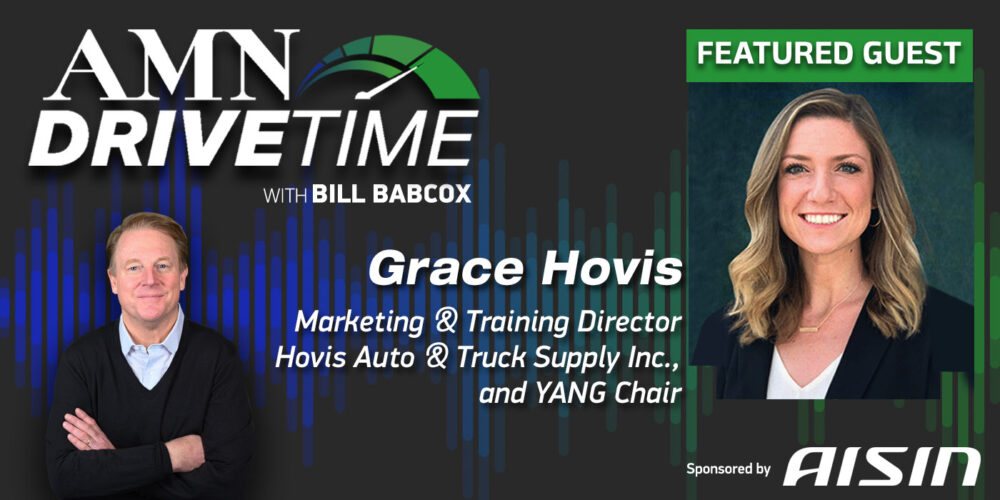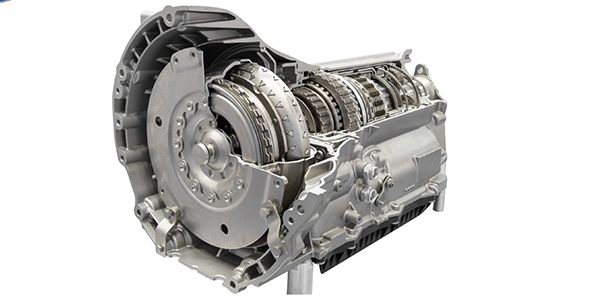CC:
Here are five tips on brake jobs tips for technicians.
Tip Number 1: Test Drive! You still need to go for a test drive. Do not pull out of the bay and park a customer’s vehicle in the lot. A test drive will ensure no unexpected noises, smells, or abnormal brake pedal feel. The test drive will also help to seat the pads in the caliper.
Tip Numb2: Burnish! Some technicians still recommend you perform 30 stops from 30 mph to burnish the brake pads. This was done to cure resins in the brake pads and transfer a layer of material to the rotors. To reduce the time and effort it takes to burnish new pads, TRW ULTRA brake pads use CITEC. CITEC is a coating that helps to bed in the pads faster and improves braking power during the initial stops.
Tip Number 3. Lock it down! Some caliper brackets and guide pin bolts use thread-locking compounds on the threads. The red, blue or even yellow compounds must be reapplied. Some TRW Ultra brake pads come with bolts already treated with thread locking compound to save you the aggravation.
Tip number 4: Adjust the parking brake. This is an easy adjustment that the driver will notice.
Tip Number 5: Reset! Some vehicles estimate brake pad wear with a computer algorithm. Resetting this monitor can be done with a scan tool or using the driver information center.
This video is sponsored by TRW.













